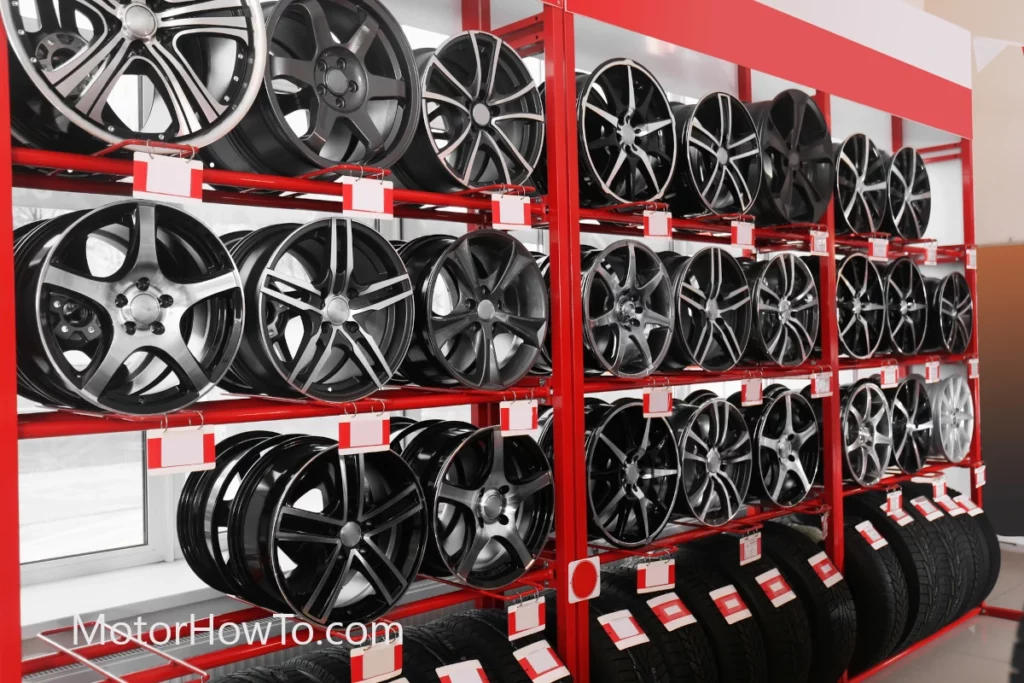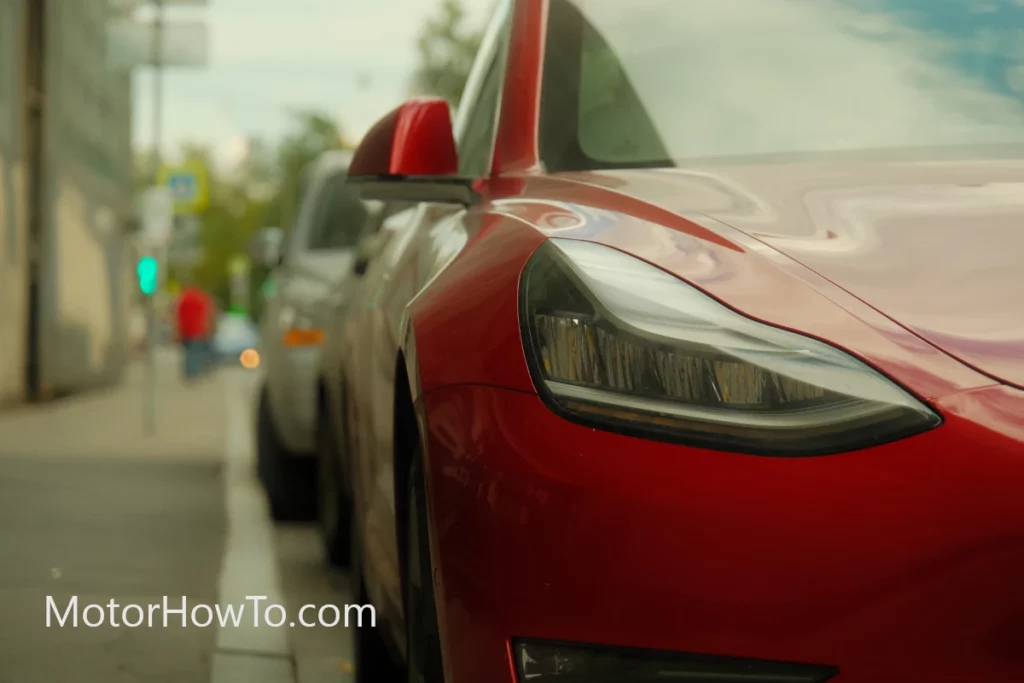There is no arguing against the fact that seat belts are important when it comes to the safety of the person in a vehicle. However, there are some instances when the seat belt may have a detrimental effect on the person, such as when it is too tight or is too close to your neck that it is choking you. So, how do you keep the seat belt from choking you?
Here’s how to keep your seat belt from choking you
To keep the seat belt from choking you, you can try backing your seat up a bit to allow more room between you and the seat belt. If you are tall, you can try lowering the seat, or for shorter people, you can try raising the seat. In both cases, you can also adjust the seat belt solder height if available. And before buckling the seat belt, make sure that you are seated comfortably.

The thing that you need to know about seat belts is that these are mechanisms that were engineered to make sure that they can be adjusted in terms of comfort level, regardless of how big or small the person is.
As such, a simple adjustment can be very effective at preventing the seat belt from being too tight or from choking you.
Why do seat belts lock on me?
Seat belts are some of the most important safety features that cars have. In fact, seat belts are so effective at minimizing serious injuries that they have become mandatory for people to wear whenever they are in a moving vehicle. As such, there is no arguing against how important seat belts are.
But while seat belts are indeed there to make sure that you are safe while driving, the problem that most people encounter is that they don’t always feel comfortable when they are wearing their seat belts.
One such reason is that the seat belt may sometimes lock on certain people and will make it more difficult for them to have the best experience while they are in the vehicle.
So, why do seat belts sometimes lock up on you?
The first reason why seat belts can lock up is that there is a collision. Seat belts are designed to instantly lock up the moment the system detects a collision so that driver or passenger doesn’t jerk forward too much. This is one of the safety features that cars are designed to have to make sure that the person is as safe as possible.
However, there are also some instances where the seat belt can lock up even when you are not in a collision. One such instance is when the seat belt is faulty, which is something that you should have checked by a mechanic.
Then there is also when you can end up jerking forward too much and too quickly. Doing so will force the retractor to trigger to lock the seat belt up. And when you apply the brake and suddenly move forward, the seat belt can also lock-up.
In all such instances, your seat belt can lock up temporarily or permanently (such as when you are in an accident). All such instances can be uncomfortable for the driver or passenger when the seat belt can exert too much force or even choke the person when it locks up. That is not something you want to happen to you when you are in the car.
How do I keep my seat belt from choking me?
There are some instances when the seat belt, even though it doesn’t lock up, can still be too tight or positioned in such a way that it feels like it is choking you. This can happen if the seat belt is pressing too much on your chest or is quite close to your neck.
So, how do you keep the seat belt from choking you?
The first thing you need to do to stop the seat belt from choking you is to back the seat up a bit. Backing the seat will allow you to have more space between you and the seat belt. This should be something that those in the front seat can do, especially because they don’t need to be close enough to the dashboard.
However, if you are the driver and you need to make sure that you are close enough to the steering wheel such that you shouldn’t be keeping enough distance between you and the dash, there are some things that you can do to try to alleviate the pressure coming from the seat belt.
What you can do is to adjust the height of the seat or the seat belt, whichever of the two works best for you. Taller people should lower the seat or the seat belt. Meanwhile, shorter people can try to raise the seat to make sure that the seat belt is positioned correctly.
The best way to know if the seat belt has been positioned correctly is to check if the top of the belt is across your chest and not close to your neck. Meanwhile, the bottom of the seat belt should be on your waist and not on your stomach.
Another tip that will work is to feel comfortable first before you fasten your seat belt. Make sure that you have adjusted the seat to the most comfortable position. Feel comfortable for a few minutes first before fastening the seat belt and driving. This will allow you to adjust your body to the seat to improve the comfort level once you fasten the seat belt.
However, if none of those work for you, the only option you have is to bring your car to the mechanic to have the seat belt checked. It might be faulty or there might be minor issues that prevent you from feeling comfortable while the seat belt is fastened.
How do I stop my seat belt from rubbing my neck?
So, aside from all of the abovementioned solutions that you may want to do when you want to keep the seat belt from choking you, there are some instances that it may still feel like the seat belt is rubbing against your neck. While that isn’t too problematic, it can be quite annoying regardless of whether you are the driver or simply a passenger.
In such an instance, the best way for you to stop the seat belt from rubbing against your neck is to use a seat belt pad. The bad will add a layer of cushioning between you and the seat belt. What happens here is that the extra cushioning will reduce the pressure from the seat belt and can make the seat belt more comfortable, especially if it is usually close to your neck while it is fastened.
Sources
Seat Belt Locking Up [Causes & Solutions]
Why Does Your Seat Belt Sometimes Get Stuck When You Lean Forward?



